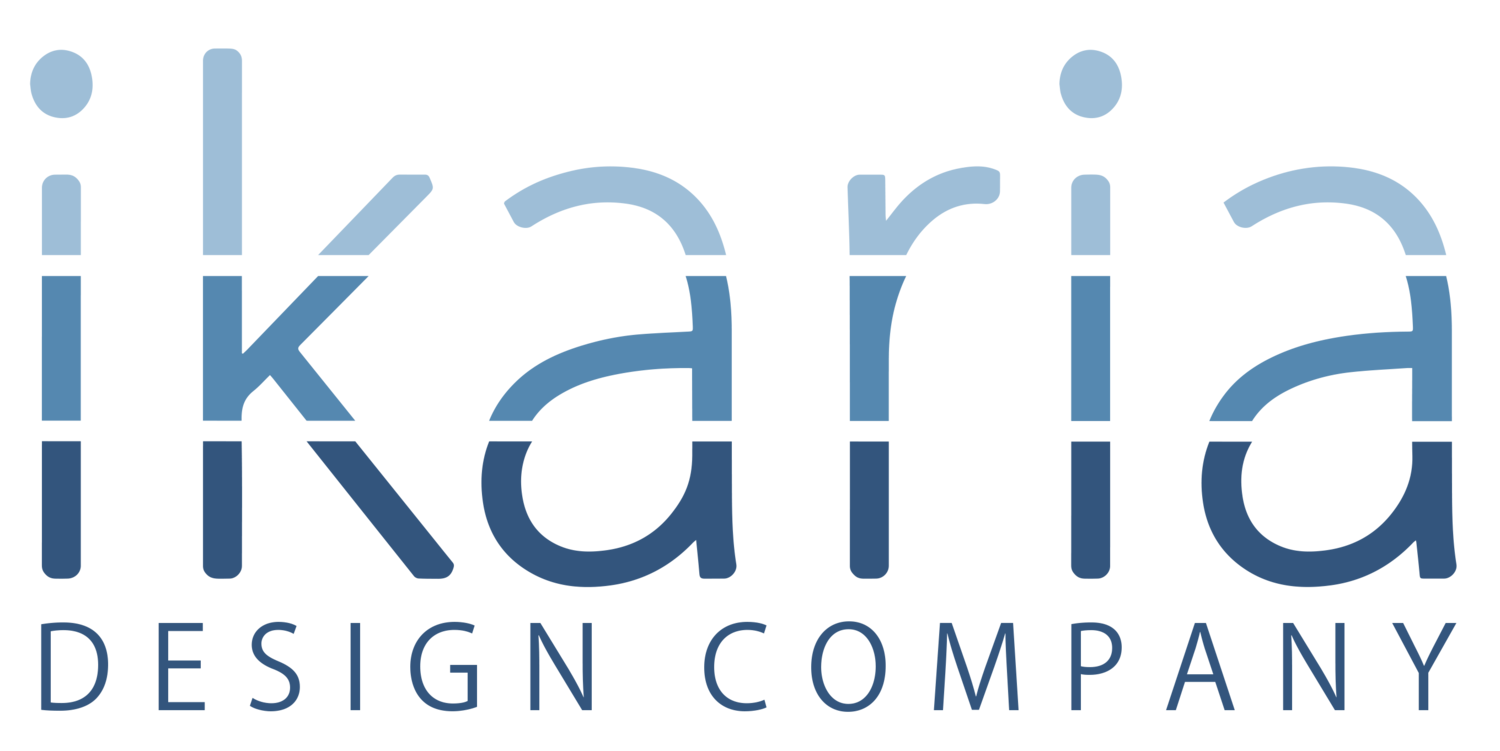“A map is not the territory”
A prospective Soul Seater recently reached out disappointed that not only will their employer not invest in a Soul Seat for them, but won’t allow them to bring a Soul Seat they purchase themselves into the workplace. We’ve heard this many times over the years, the argument being that our chairs are not “ergonomic”.
Alfred Korzybski’s quote, “A map is not the territory” has been referenced over the years ever since the linguist first pointed it out over 100 years ago. Indian philosopher, Jiddu Krishnamurti, quoted it often, cybernetics and systems thinker, Gregory Bateson, was fond of pointing it out as well. It seems we need to relearn this truth every generation. The argument that a Soul Seat is not appropriate for the workplace because it doesn’t fit the iconic image of an ergonomic chair, is the latest example of confusing a map or model with the territory.
I’ve often referred to the research of Marc Hamilton as being the beginning of “Sitting is the New Smoking”. His sports physiology research at our own University of Missouri uncovered the hidden costs of our modern sedentary way of work and leisure. The original ergonomic chair was designed to keep an employee in one “ideal” posture for an eight-hour workday. This map seemed to fit the territory at the time. In light of what we now know, it would be about as useful for navigating 21st-century workplace wellness as if NASA referenced the celestial maps of Galileo’s day to chart their course to Mars.
Sadly, the 90 degrees at the hip and knees for extended periods is no longer supported by ergonomists, physiotherapists, or physical therapists. These days, the guiding map is that the best position is the next position. Managers seem not to have gotten the memo and think that they are protecting themselves from litigation by sticking with the stereotype of what ergonomics looks like. Eventually, there will be more and more worker‘s compensation claims for injuries incurred by workplaces that hinder active sitting.
Many of our customers have approached their employers or supervisors with a prescription from their general practitioner or physical therapist, specifically for a Soul Seat. Forward-thinking managers have taken the initiative and added active sitting options like the Soul Seat and Flow Desk to their list of approved furniture.
Sometimes all it takes to calm a litigation fearful supervisor is to see a Soul Seat in their Perks catalog. This is true at Google, Salesforce, Square, Adobe, and Visa, to name a few.
Let us know if there’s any way we can help you get more movement into your work. Feel free to share with us the strategies you have used to stay active at work so that we can help others like you.
I was finishing up this post while traveling back from a family gathering. We had a 4-hour layover in Baltimore and we found an empty gate to camp out. My spouse, Rebecca, took a nap on the floor while I sat beside her stretching and editing on my phone. The map our culture provides doesn’t include folks our age hanging out like global backpackers. But the territory of our elderly bodies insisted that we grab the floor in that spacious room flooded with natural light. Thanks to the pre-flight stretch time, my hips and hamstrings needed much less recovery once we were home.
It’s a lifelong challenge for all of us to keep observing and listening to the actual territory of our lived experiences. As good as the old maps may have been, they’ve never been the actual territory. And often a map’s value is best realized as gift-wrapping or wallpaper.
